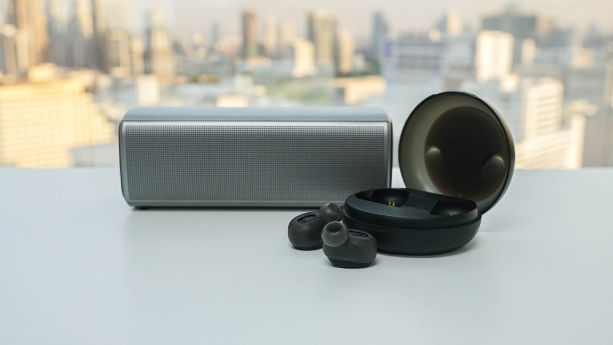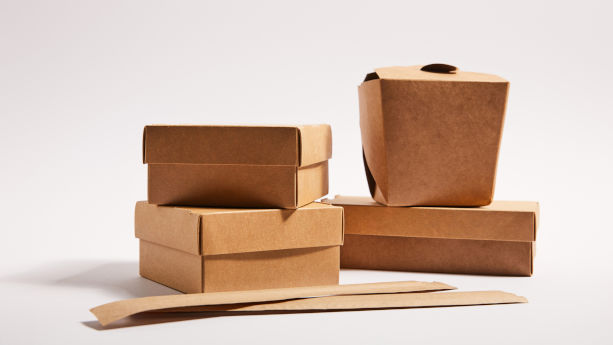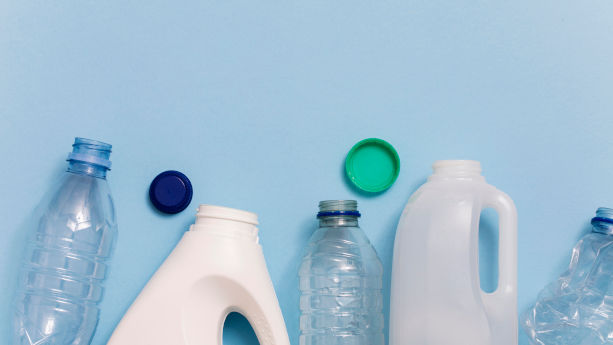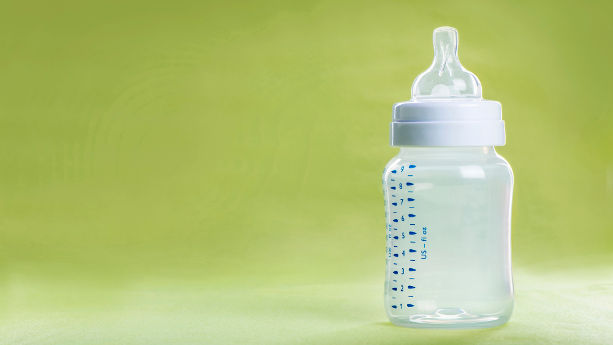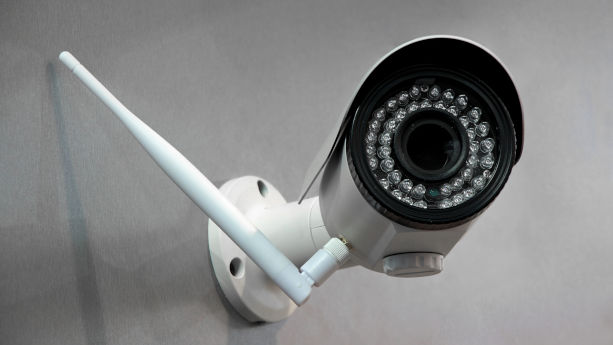Food contact materials usually include products and packaging made to be in contact with food or beverage. This includes a wide range of consumer goods, such as baby bottles, lunch boxes, cookware, and cutlery. Naturally, there are regulations that restrict the usage of certain chemicals and heavy metals in such products.
In this guide you’ll find summaries of EU food contact material regulations, including product scope, labelling requirements, documentation requirements, testing, and more.
Continue reading Food Contact Materials Regulations in the European Union: An Overview













